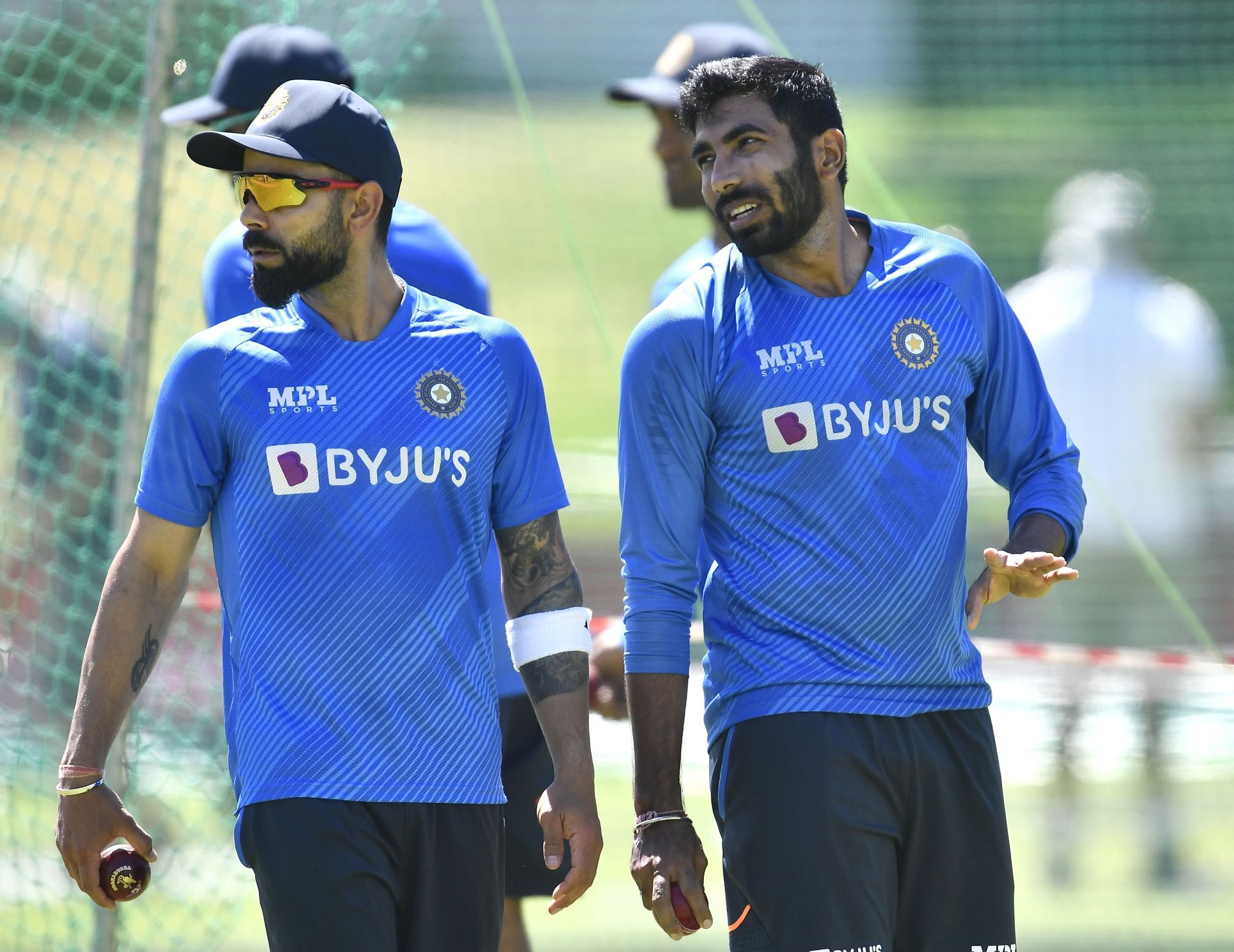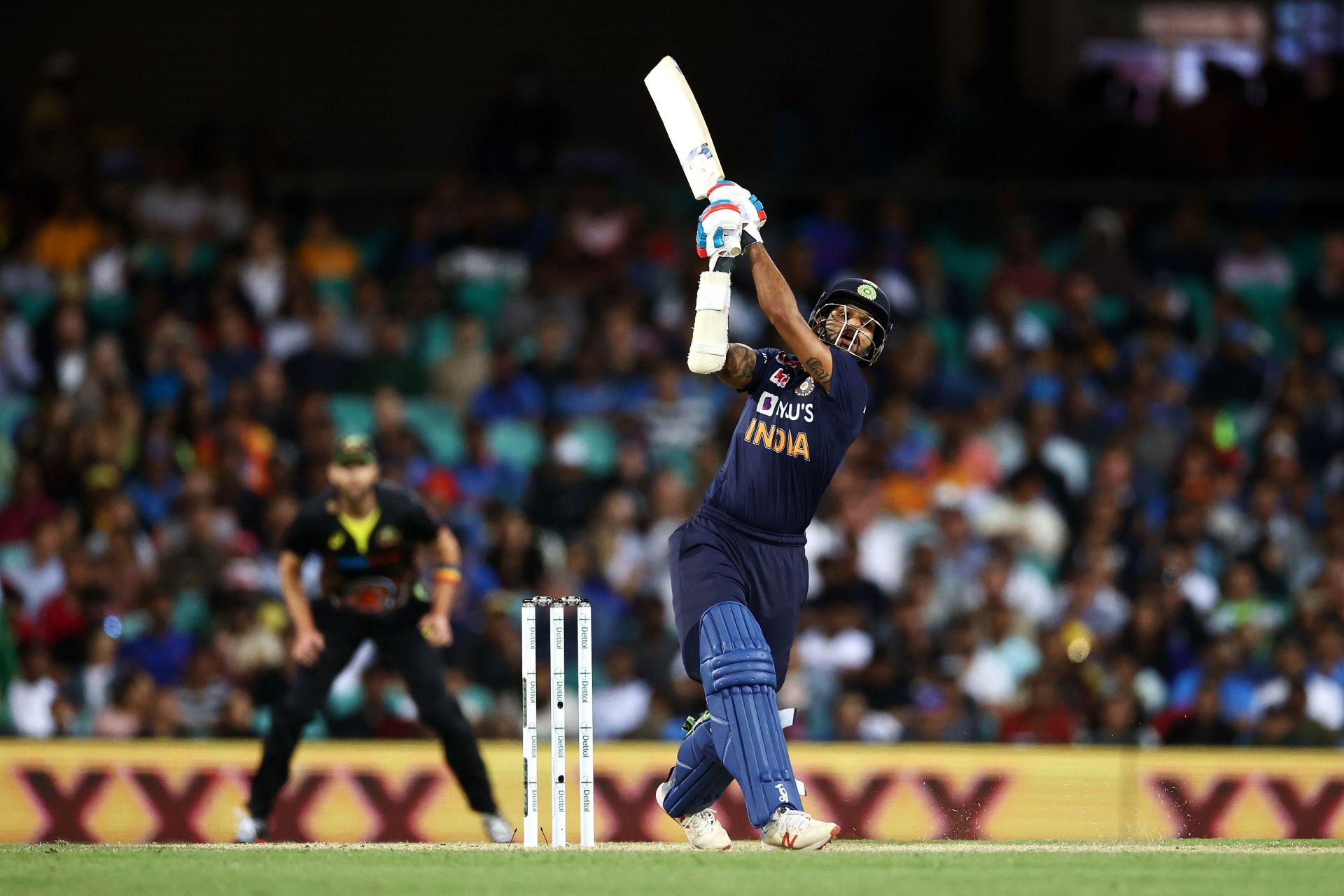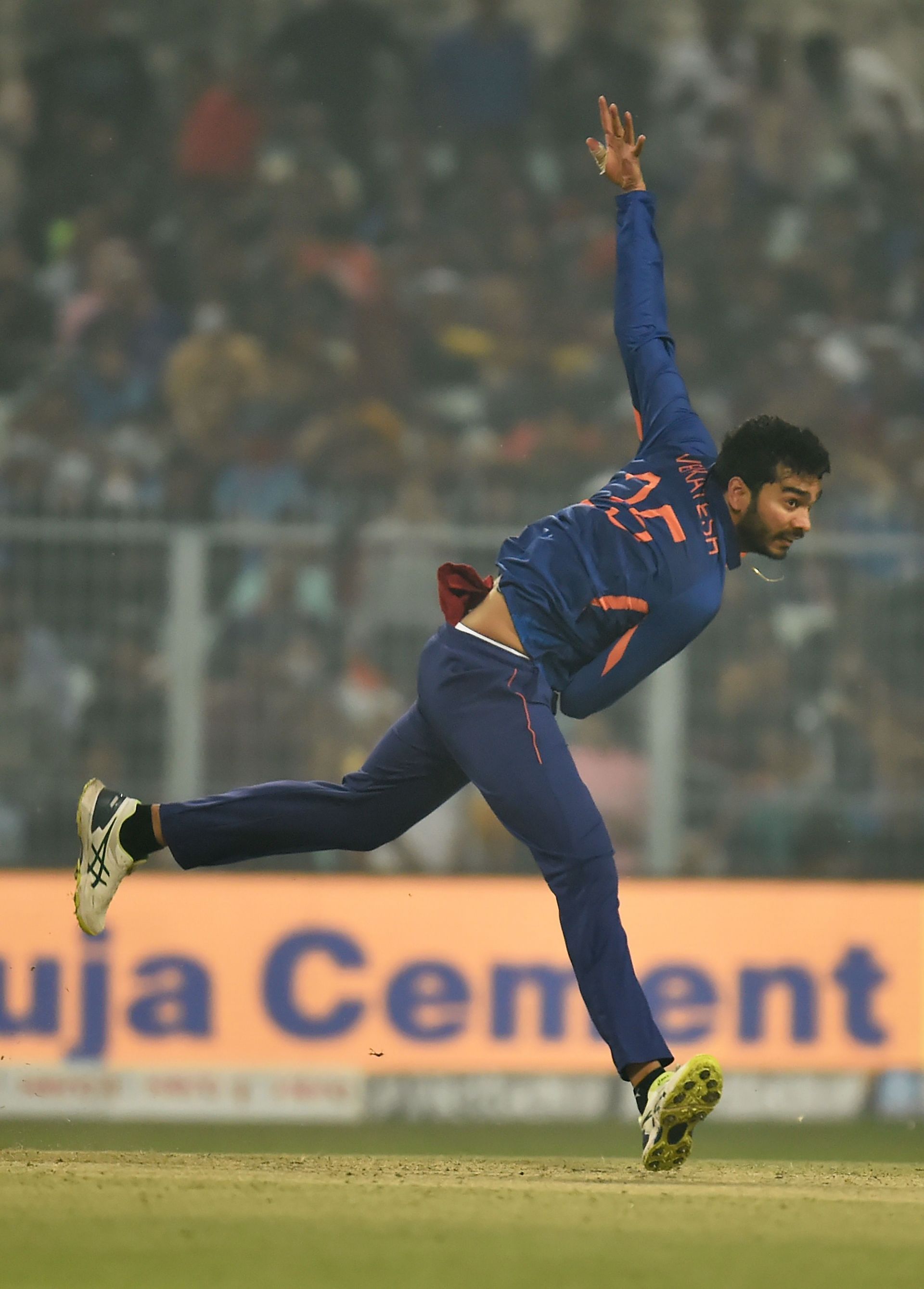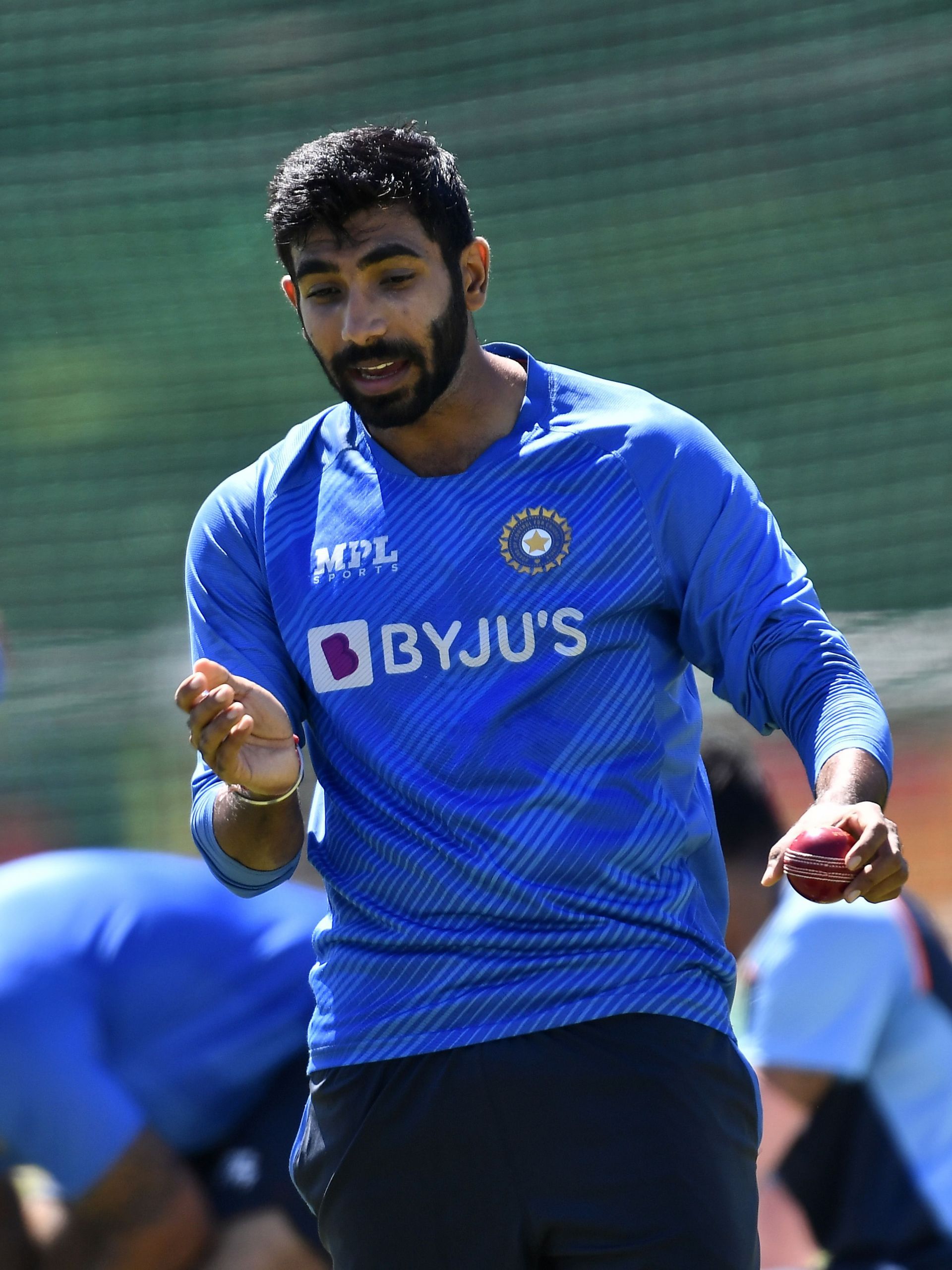
Are India's white-ball woes a result of trying to fix what is not broken and ignoring the real issues?

Ever since the T20 World Cup, it has been clear that all is not right with India's white-ball unit. That point was re-iterated during the ODI whitewash at the hands of the resurgent underdogs South Africa.
While it is true that ODIs and T20Is are two distinct forms, there are some overarching issues that are affecting the Indian team in both white-ball formats. Here's a look at some of them:
The insistence on fixing what is not broken
Shikhar Dhawan failed to make the T20 World Cup squad because the selectors were sold on the potential of KL Rahul to do a better job. But since 2013, Shikhar Dhawan and Rohit Sharma have been the two most consistent openers in white-ball cricket across the globe.
The two belong in the creme de la creme tier of Indian openers, alongside Tendulkar-Sehwag and Tendulkar-Ganguly.
It would have been understandable if Dhawan was dropped for lack of form or performance. But in reality he was stellar for Delhi as an opener in the IPL, and his numbers for India in limited overs cricket speak for themselves.
So in hindsight, dropping Dhawan purely because the selectors were convinced of Rahul's potential was not the wisest decision.
KL Rahul is a very fine batsman and a destructive opener, but that is not necessarily reason enough to break up one of the most successful opening partnerships in limited overs history. This was definitely a case of the selectors trying to fix what wasn't broken.
Who said openers can only play as openers?
Test cricket needs specialist openers, but white-ball cricket less so. There is no reason to discard a good opener from the national team just because the opener slots are full.
The think-tank needs to stop fixating on the idea that Dhawan, Rohit and Rahul can only play as openers, and that if they can't open then they would have to sit out. Following this philosophy would mean that Dhawan, one of India's four best limited overs batsmen currently, would have to warm the bench for most games. And that clearly doesn't make sense.

Forcing Dhawan to sit out for Rahul as the opener means that the former is effectively being replaced by someone like Suryakumar Yadav, Ishan Kishan or Shreyas Iyer. None of those batsmen have a fraction of the runs at the international level that Dhawan does, and all of them are far behind in terms of experience.
Performances in the IPL are nothing to scoff at, and sure, the aforementioned players have been stellar for their IPL teams. But IPL performances shouldn't get precedence over the near decade-long track record of excellence that Dhawan has produced for India. Besides, the left-hander has a stellar IPL record himself.
Right now there is little justification for the likes of Yadav, Kishan or Iyer playing ahead of Dhawan, whose record for India is enviable.
Under the current policy of excluding Dhawan from the side and opening with Rahul and Rohit, India's batting beyond Kohli is a bit of a lottery. You are as likely to see a lot of runs being put as a middle-order collapse, like in the first ODI against South Africa.
There is no need to break a very successful opening partnership to accommodate Rahul. Instead, the 29-year-old can be used to bolster the middle order, which has been inconsistent to say the least.
Moreover, what about the likes of other explosive openers like Ruturaj Gaikwad and Prithvi Shaw? Will they never play for India just because the opener slots are full, even if there are gaping holes in the middle order?
The selectors need to be less rigid about the playing positions of openers. Some of India's best batsmen are opening batsmen, and it would be unwise to rule out all but two of them just to ensure that the lineup looks a certain way.
The presence of all-rounders who do not bowl
India's white-ball unit seems to have developed a somewhat strange fixation for "all-rounders" who do not bowl.
Hardik Pandya was used in that role during the T20 World Cup, where his finishing abilities alone were deemed to be enough. And now in the first ODI against the Proteas, the role of the non-bowling all-rounder was given to Venkatesh Iyer.

The strategy would have been understandable if the Indian bowlers had been on top and the South African batsmen were struggling to score. But that wasn't the case at all, and the fact that Iyer didn't get to bowl even one over was baffling to say the least.
Is Iyer in the side purely for his batting? Should he get the nod purely for the batting part, ahead of the likes of Prithvi Shaw and Ruturaj Gaikwad? The team did fix the issue in the second ODI, but Iyer needs to keep bowling more if he is to be a regular in the team.
An unsettled bowling unit
For a while now, India's bowling has been as unsettled as it can get. Barring Jasprit Bumrah, the team doesn't have a single bowler who is guaranteed a spot in the team.

As things stand, the bowling unit seems ripe for the taking and has failed to trouble good batting units. There is a need for some wholesale changes with the bowling unit.
Since 2020, the Indian bowlers have had the highest economy rate of any cricket nation, giving away 6.20 runs per over. That means the opposition is scoring an average of 310 runs every innings.
It's going to be very tough to outscore the opposition if they get 310 every game.
Not surprisingly, India have won only seven of the 18 ODIs that they have played in this period. This 38.8% win ratio is the lowest among all major cricket teams.
Another factor is that the opposition openers have been able to give their sides fantastic starts. In all ODIs since the 2019 World Cup, Indian bowlers have picked up only 10 wickets in the powerplay.
Even Jasprit Bumrah has picked up a wicket only once in the powerplay during this period. While it is true that Bumrah shines in the end overs, his record with the new ball definitely needs improvement.
India's economy in the powerplays is 5.74 since 2019 World Cup, which is also the worst of any nation.
Since 2020, the spinners have fared even worse than the seamers. They have picked a wicket once every 55.5 balls in this period, while the quicks have picked up a wicket every 41.3 deliveries.
The bowling average of the seamers is 44.1, while that of the spinners is 54.97.
The most notable example of the bowlers' inability to pick up wickets was when Pakistan chased down 152 without losing a wicket during the T20 World Cup.
These numbers amply highlight the need for wholesale changes. India cannot keep rotating the same set of bowlers in different combinations and hope for improvement.
India tried Yuzvendra Chahal for a while, only to then discard him before bringing him back into the fold. Ravichandran Ashwin was on a long exile from the team, but was brought back recently. Bhuvneshwar Kumar got another run despite it having been clear for a while that he was past his best in the white-ball format.
Besides Bumrah, none of the other Indian bowlers seem to strike fear in the hearts of the opposition batsmen.
The team needs to pick attacking bowlers and back them, like they have done in Tests. The focus can't be on merely containing the batsmen; instead, there should be a clear strategy to get wickets quickly.
The current woes of the Indian limited-overs teams are a case of underutilisation of resources due to muddled thinking, rather than any lack of resources. The selectors have messed around with the openers, but have more or less retained the core of the struggling middle order as well as the subpar bowling unit.
The think-tank needs to stop fixing things that are not broken - the openers - and instead proactively find solutions for the things that are - like the middle order and the bowling unit.